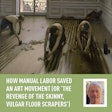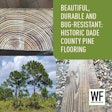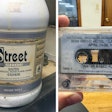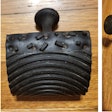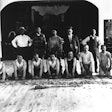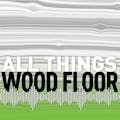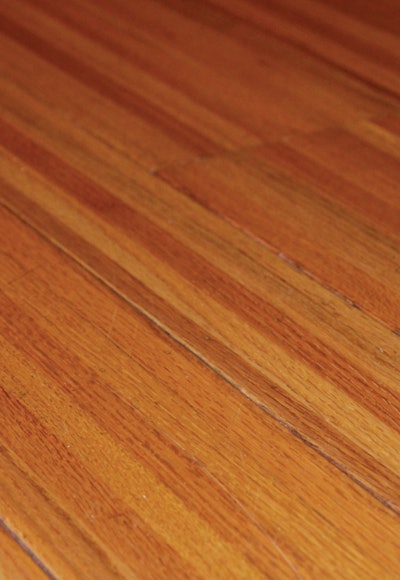
The San Francisco Bay Area’s unique climate gave rise to a peculiar wood flooring product in the early 1900s—“toothpick floors.” The flooring was so narrow, typically measuring 7/8 inch, that it did not shrink and swell in the face of constant moisture changes caused by the ocean, says Eugene Stone, a veteran floor man in the Bay Area. Toothpick floors were made from the leftover trimmings produced during the manufacture of the region’s 5/16-inch-thick, square-edged flooring. Installing the slim material was a pain: Contractors had to face-nail hundreds or thousands of these thin strips, depending on the size of the house, and sometimes they had to hand-bevel the edges on a grouping of strips to create a plank look. The process was costly, even when labor was inexpensive, but the look was beautiful, Stone says. The toothpick floors remaining today are full of charm. A Bay Area home owner, Bob Floyd, sent this magazine photos of his toothpick floor after hearing excited comments from the crew at Belmont, Calif.-based Stuart Floor Company, who had recently refinished his home. Floyd was told, “Whatever you do, don’t get rid of this floor.” Floyd says it’s definitely there to stay.



















